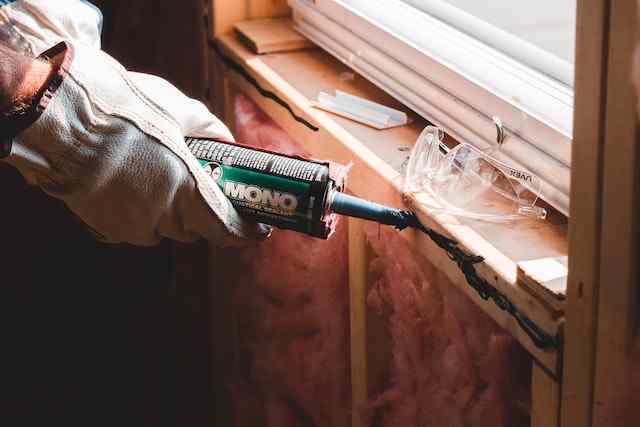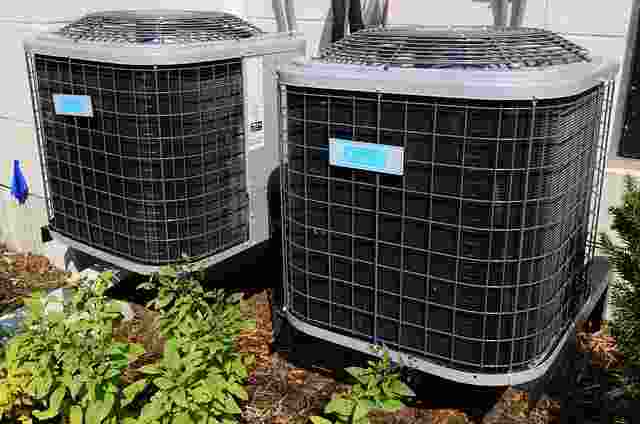Having an egress window installed in your home can be a great way to increase the safety, value, and energy efficiency of your property. However, the cost of installation can be a deterrent for many homeowners. Fortunately, there are a number of window installation grants available that can help make the process more affordable. In this article, we will look at the egress window installation cost and grants available, and what you need to know about them.
The Basics: What is an Egress Window?
An egress window is an opening in the wall of a building that provides a safe, easy exit in the event of an emergency. They are also known as escape windows, safety windows, or basement windows.
Egress windows must meet certain standards to be considered safe and effective. These standards typically involve size, height, and net clear opening area for proper ventilation. Egress windows must be big enough for an adult to climb out in case of emergency, with at least 5.7 square feet of clear opening area. The sill must also be no more than 44 inches from the floor.
Typically, egress windows are installed in basement bedrooms, providing a safe exit should the main stairwells become blocked. This can be especially important in older homes where the basement walls may not be structurally sound enough to support a full-sized door.
There are many different styles of egress windows, including casement, hopper, awning, sliding, and more. Depending on the size of the basement window opening, you may need to get creative with the type of window you choose to ensure it meets safety requirements.
Why Install an Egress Window?
Egress windows are a great addition to any home, providing not only natural light and a beautiful view, but also safety and peace of mind. Installing an egress window will not only help you meet building code requirements but can also add value to your home and even make it easier to sell.
Egress windows provide a quick escape route for occupants in the event of a fire or other emergency situation. If your home is designed with just one exit, an egress window may be required by law. It is important to check with your local building codes to see if your home meets the requirements.
An egress window can also help increase the natural lighting in a room, making it more enjoyable and energy efficient. Natural lighting can help reduce your energy costs, while also reducing eyestrain and headaches. Additionally, an egress window can offer an unobstructed view of the outdoors, allowing you to take advantage of the beauty of nature right in your own backyard.
Finally, installing an egress window can add value to your home and make it more attractive to potential buyers. An egress window is seen as a desirable feature in many homes, so it is likely to increase the value of your home if you ever decide to sell.
Installing an egress window can be beneficial for both safety and aesthetic reasons, so it is definitely worth considering if you are looking for ways to improve your home.
How Much Does an Egress Window Installation Cost?
Installing an egress window can range in cost depending on the size, style and location of the window. Generally, a standard-sized egress window can range anywhere from $750 - $2,500 installed. This includes the materials and labor. It is important to keep in mind that more complex installations, such as those requiring more material or labor, will cost more than the standard installation.
In addition to the window installation, other factors may also come into play when it comes to the total cost of an egress window installation. These include:
Wall bracing – for structural support of the egress window
Roof and wall flashing – for waterproofing the opening
Electrical work – for wiring up electrical outlets or installing security lights
Finishing touches – for additional framing, painting, staining or caulking
The total cost of an egress window installation will depend on the size, location and type of window as well as any additional features or materials needed. It is best to consult with a professional to get a detailed estimate for your project.
Are There Any Government Grants Available for Egress Windows?
Government grants can be a great way to help reduce the cost of an egress window installation. While there are no federal government grants available specifically for egress window installation, there may be some options available through your local and state governments.
One option is to look into tax incentives or credits that your state may offer for energy-efficient upgrades to your home. In many states, energy efficient windows are eligible for tax credits or deductions. In some cases, this could cover part or all of the costs associated with installing an egress window in your home.
You may also want to look into other energy-efficiency programs offered by your state. Many states offer low-interest loans for energy-efficient upgrades, which could help offset the costs of an egress window installation. Additionally, you may be eligible for rebates from utility companies if you purchase and install an energy efficient egress window.
It is important to note that each state and local government has different programs available, so it is best to research the grants and incentives available in your area before you start the egress window installation process. With the right resources, you may be able to save money on your egress window installation and make your home more comfortable and energy-efficient.
Hiring a Professional vs. Doing It Yourself
When it comes to installing an egress window, you have two options: you can either hire a professional or do the job yourself. Depending on your level of experience with home improvement projects and the complexity of the project, either option may be suitable for you.
Hiring a Professional:
Hiring a professional to install your egress window has several advantages. Firstly, it means that the job will be done correctly, safely, and up to code. If you are not confident in your ability to install the window yourself, hiring a professional is your best bet. You will also be able to benefit from their experience and expertise, meaning that the job is likely to be completed faster and more efficiently.
However, this convenience does come at a cost. Professional installation services can be quite expensive, and may require a down payment or other fees.
Doing it Yourself:
If you are confident in your DIY skills, doing the job yourself can be a great way to save some money. Installing an egress window is not a difficult task, but it does require knowledge of local building codes and regulations, as well as the right tools. To ensure that the job is done properly and safely, be sure to thoroughly research the process beforehand, and check local regulations to make sure you are compliant. Additionally, you will need to account for the cost of materials and tools before beginning the project.
Ultimately, deciding between hiring a professional or doing it yourself is a personal choice. If you are unsure which option is best for you, consider speaking with a qualified professional who can give you advice and help you make an informed decision.

















